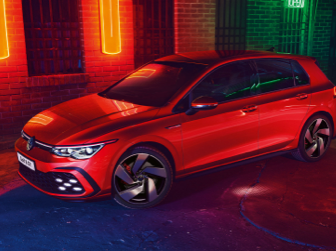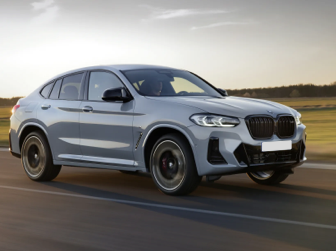The automotive industry is in something of a transition period. Since the start of the decade, cars and their respective manufacturers have slowly but surely been moving from traditional fossil fuels to battery electric vehicles. Arguably, this has been led by Elon Musk’s Tesla, with the hugely successful introduction of the Model S in 2012 really catching the public’s attention, with the simple message that an electric car can be cool.
As we’re about to enter the new decade, we now have a wide range of manufacturers offering electric models in their line-up. One such manufacturer is Jaguar; a company famed for floaty luxury sedans with an unashamedly British feel to them. They currently offer the Jaguar I-Pace, which is a fully electric SUV – completely against what Jaguar is known for, but market tastes change and companies must adapt.
The I-Pace was released in 2018 and has so far earned praise from owners and reviewers alike. With a claimed range of 470km on the WLTP cycle thanks to its large 90kWh battery pack, it brings fossil fuel range to electric cars. That’s significant since the range has typically been a sticking point for EVs in recent years.
It delivers 295kW of power and 700Nm of torque, which results in a 0-100km/h time of 4.8 seconds and a limited top speed of 200km/h. Add to the fact that it’s a fairly attractive-looking vehicle, and it’s fair to claim that cars like the I-Pace are helping the public warm to the idea of moving forward to electric power.
Electric propulsion isn’t the only futuristic movement happening in the automotive industry, because autonomous driving is also an equally hot topic. Again, it can be suggested that Tesla is bringing the technology to the masses with its Autopilot software, and it seems like the other manufacturers – including Jaguar – want a slice of the pie.
Earlier in October 2019, Jaguar brought an I-Pace to the opening day of Dubai’s Roads and Transport Authority’s Congress for Self-Driving to demonstrate the progress of self-driving technology. Using a GPS receiver, a front camera for traffic signs and signals, and radar on both the front and back, the I-Pace progressed through a predetermined route near the Dubai World Trade Centre without a hitch on normal roads. A driver was present in the driving seat if anything went wrong, but fundamentally Jaguar has been able to demonstrate that their vehicles can self-drive in 2019.
However, we’re still some way off from “true automation”, known as Level 5 Automation from the Society of Automotive Engineers. A Level 5 vehicle has no traditional manual controls such as a steering wheel and pedals since they will never require human intervention, even in difficult situations. Currently, most automation technology sits from Level 1 to 3, with Tesla’s popular Autopilot being an example of Level 2 automation, and the new Audi A8 is the first production car to offer Level 3 automation in 2017.
Electric vehicles and autonomous driving are still relatively early technologies, but they are constantly evolving, and the Jaguar I-Pace is a brilliant example of the steady transition.
Please note the imagery supplied in this blog was taken off www.cars.co.za
The new Suzuki Swift Sport may be the next big thing
Understanding your Extended Warranty: What’s not covered


